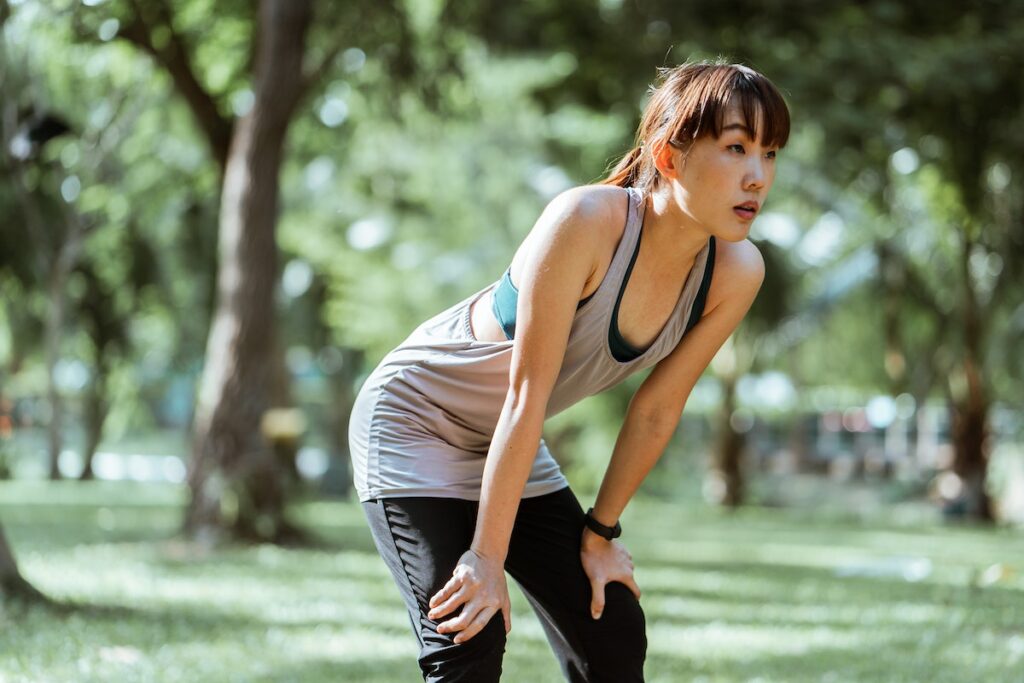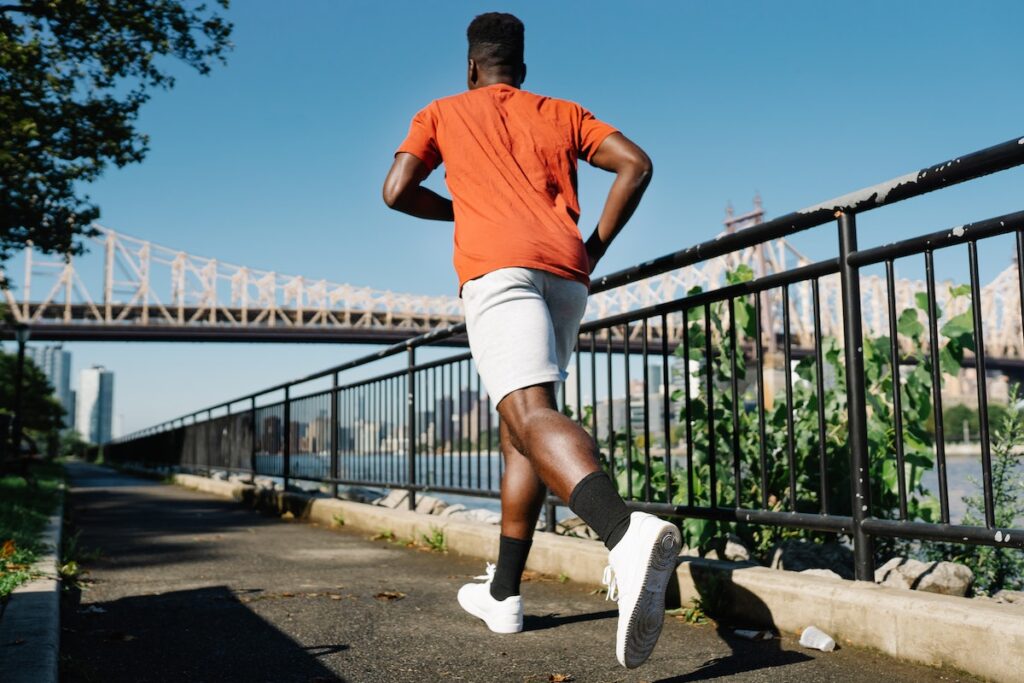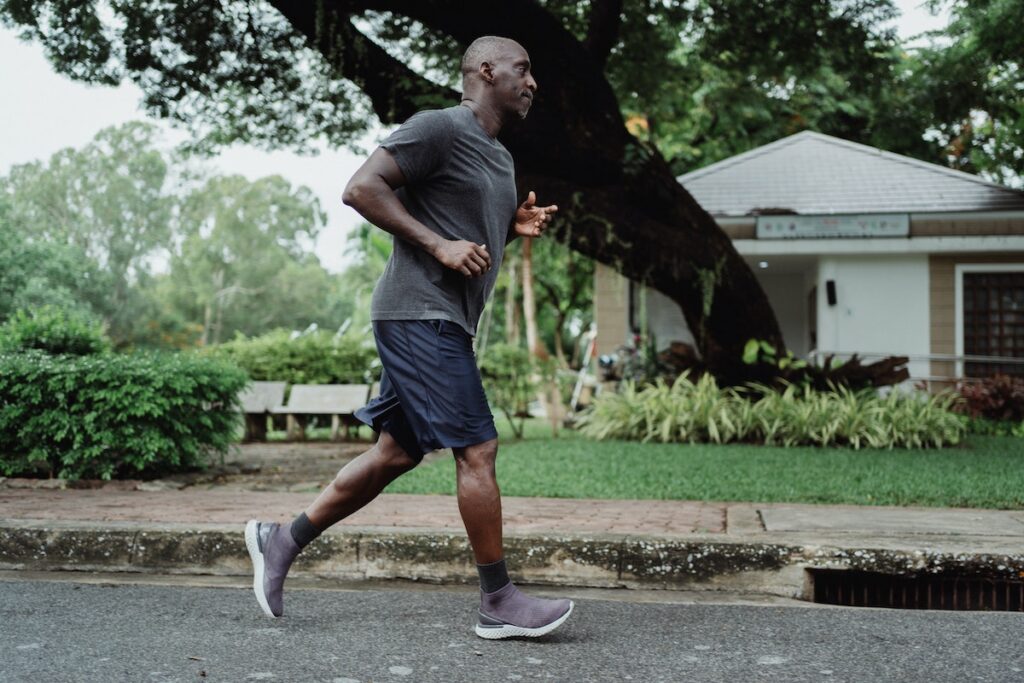
Introduction
Welcome to another informative blog post from WildHawk Physical Therapy. In this comprehensive article, we will dive deep into a prevalent concern among runners: runner’s knee. Whether you’re a seasoned runner looking to expand your knowledge or someone grappling with persistent knee discomfort, understanding the causes, symptoms, treatment options, and preventive measures for runner’s knee is crucial.
Runner’s Knee: A Comprehensive Examination
Runner’s knee, medically known as patellofemoral pain syndrome (PFPS), is a common condition that plagues runners and active individuals alike. This ailment can significantly disrupt your running routine and hinder your overall mobility.
Understanding Runner’s Knee
To fully grasp the complexities of runner’s knee, let’s explore the key aspects:
- What is Runner’s Knee? Runner’s knee is a general term used to describe pain around the front of the knee, specifically at the patellofemoral joint, where the kneecap (patella) connects with the thigh bone (femur). It is a condition that arises from various factors, including overuse, biomechanical issues, muscle imbalances, and more.
- Contributing Factors: Runner’s knee can be triggered by several factors, such as inadequate warm-up, excessive training volume, poor running form, muscle weakness, and footwear choices. Understanding these factors is vital in preventing and managing the condition.
Recognizing the Signs of Runner’s Knee
Runner’s knee typically presents with several distinctive symptoms, including:
- Dull, Aching Pain: The hallmark symptom of runner’s knee is a persistent, dull, aching pain around or behind the kneecap. This pain may intensify during or after running, especially when descending hills or stairs.
- Swelling and Tenderness: In some cases, the affected knee may exhibit swelling and tenderness. The area around the kneecap may feel warm to the touch.
- Grinding Sensation: Some individuals with runner’s knee report a grinding or popping sensation when bending or extending the knee, which can be disconcerting.
- Crepitus: Crepitus refers to a crackling or grating noise or sensation when moving the knee. It can accompany runner’s knee in certain cases.
The Role of Physical Therapy in Managing Runner’s Knee

Now that we’ve explored the nuances of runner’s knee, let’s discuss the pivotal role that physical therapy plays in managing this condition.
Professional Assistance: A Vital Step
If you suspect you have runner’s knee or are already dealing with the symptoms, seeking professional assistance is crucial. Early intervention through physical therapy can significantly improve your recovery and help you return to pain-free running.
The Importance of Early Intervention
Timely diagnosis and treatment are paramount when dealing with runner’s knee. Delaying treatment can lead to prolonged discomfort and potential complications, making it essential to address the issue promptly.
Regaining Comfort and Functionality Through Treatment
When it comes to addressing runner’s knee, physical therapy plays a pivotal role in helping individuals regain comfort and functionality in their knees. Here’s what you can anticipate during physical therapy:
- Personalized Rehabilitation Plans: Your physical therapist will design a tailored rehabilitation program focused on strengthening the muscles surrounding the knee, improving flexibility, and addressing any biomechanical issues contributing to your condition. These exercises aim to alleviate pain and enhance your running performance.
- Manual Therapy Techniques: Physical therapists often employ hands-on techniques to enhance joint mobility, reduce pain, and improve soft tissue flexibility. These techniques may encompass joint mobilization, soft tissue manipulation, and targeted stretching.
- Gait Analysis: Analyzing your running gait can help identify biomechanical issues that may be contributing to your runner’s knee. Your physical therapist can provide guidance on modifying your running form to reduce the risk of future flare-ups. Making adjustments to your stride, foot strike, or cadence may be necessary to prevent further problems.
Effective Strategies for Runner’s Knee Prevention

Preventing runner’s knee is as important as managing it. Here are some strategies to help prevent runner’s knee:
- Dynamic Warm-up: Incorporate dynamic warm-up exercises before your runs to prepare your muscles and joints for activity. Dynamic stretching can help improve circulation and range of motion.
- Gradual Progression: Avoid sudden increases in training volume or intensity. Gradually build up your running mileage to allow your body to adapt and reduce the risk of overuse injuries like runner’s knee.
- Strength and Flexibility: Incorporate strength training exercises into your routine to target the muscles around the knee, including the quadriceps, hamstrings, and hip muscles. Maintaining flexibility in these muscle groups can also help prevent muscle imbalances.
- Proper Footwear: Invest in quality running shoes that provide appropriate support and cushioning for your foot type and running style. Consider consulting a running store expert for a professional fitting.
- Cross-Training: Include cross-training activities such as cycling, swimming, or strength training to diversify your workouts and reduce the impact of running on your knees. Cross-training can help maintain overall fitness while giving your knees a break.
Frequently Asked Questions:
Q: Can I continue running with runner’s knee?
A: It’s crucial to consult with a healthcare professional for a proper diagnosis and treatment plan. In some cases, you may need to temporarily reduce your running activity to allow for healing. Your physical therapist can guide you on when and how to safely resume running.
Q: Are there specific stretches or exercises to prevent runner’s knee?
A: Yes, your physical therapist can recommend specific stretches and exercises tailored to your needs to prevent runner’s knee. Focusing on strengthening the quadriceps, hamstrings, and hip muscles, as well as maintaining flexibility in these areas, is essential for injury prevention.
Q: How long does it take to recover from runner’s knee?
A: Recovery time varies depending on the severity of the condition, individual factors, and adherence to the treatment plan. With proper treatment and rehabilitation, many individuals can experience significant improvement within a few weeks to a few months. However, more severe cases may require a longer recovery period.
Conclusion
In conclusion, runner’s knee can be a formidable obstacle for runners, but with the guidance of our experienced team at WildHawk Physical Therapy, you can effectively manage pain, recover, and prevent future setbacks. Don’t let runner’s knee halt your running journey. If you’re experiencing knee pain or suspect you have runner’s knee, reach out to us at WildHawk Physical Therapy for a comprehensive evaluation and a personalized treatment plan. Your path to pain-free running and improved mobility begins with us.








